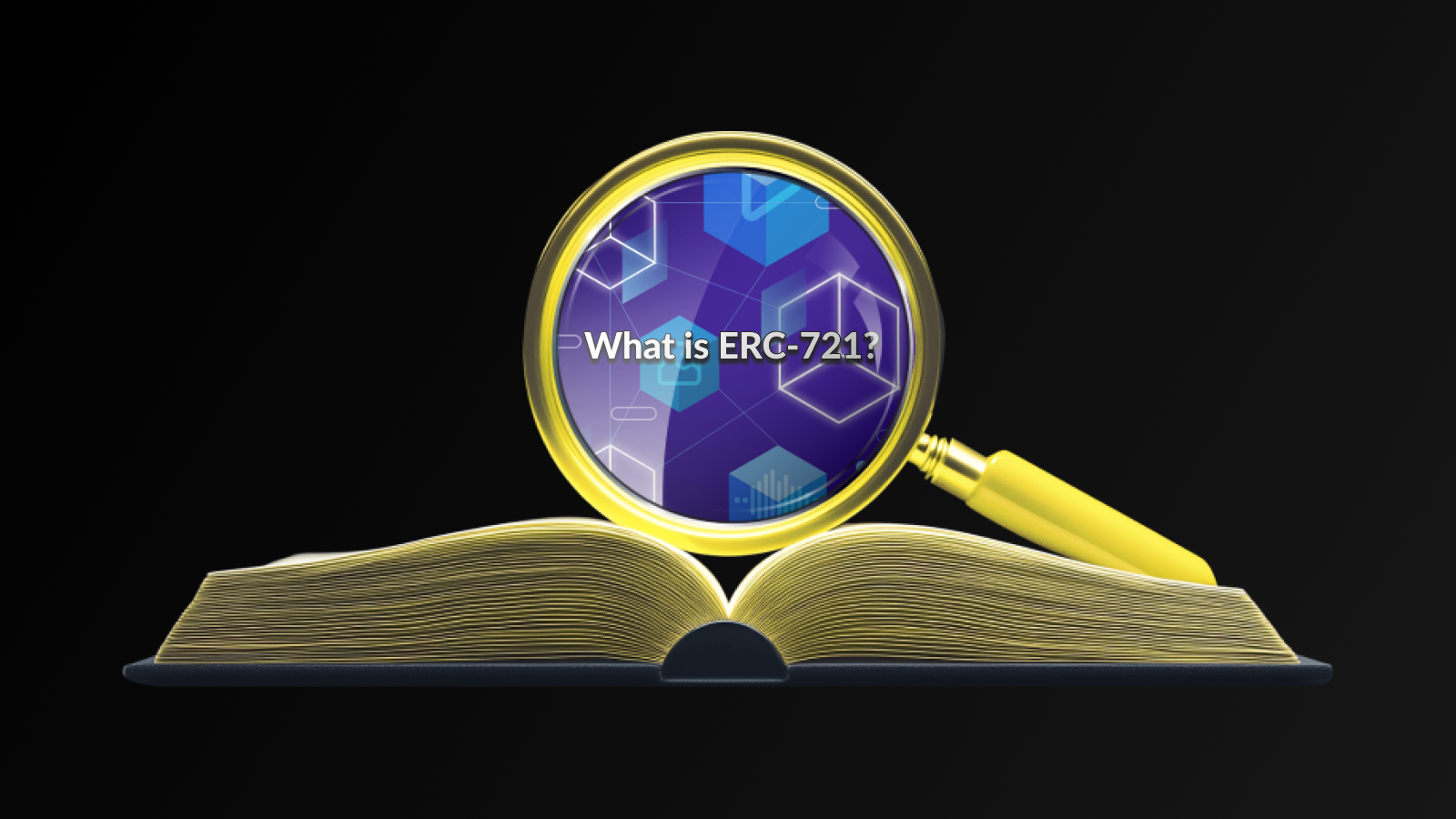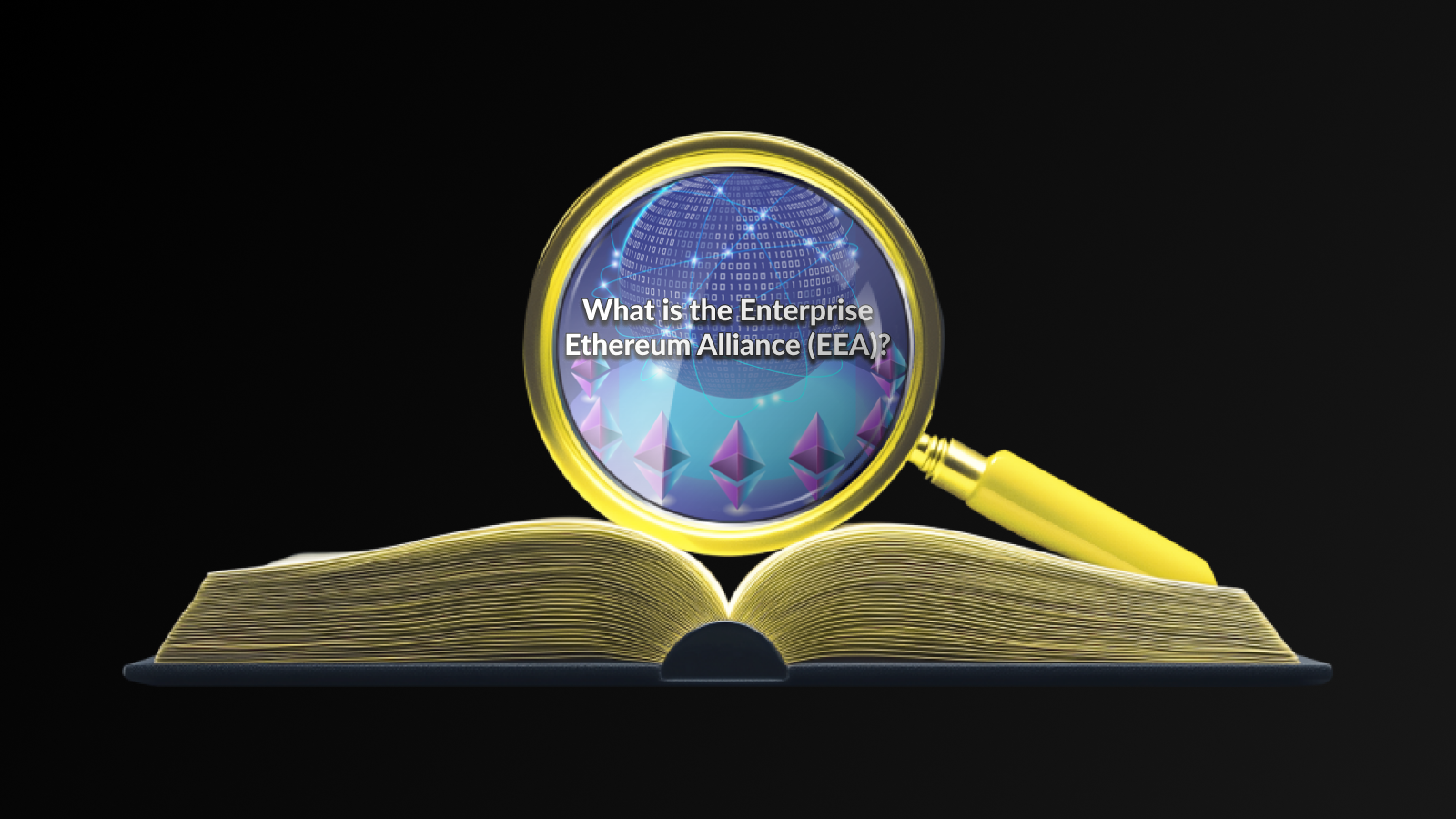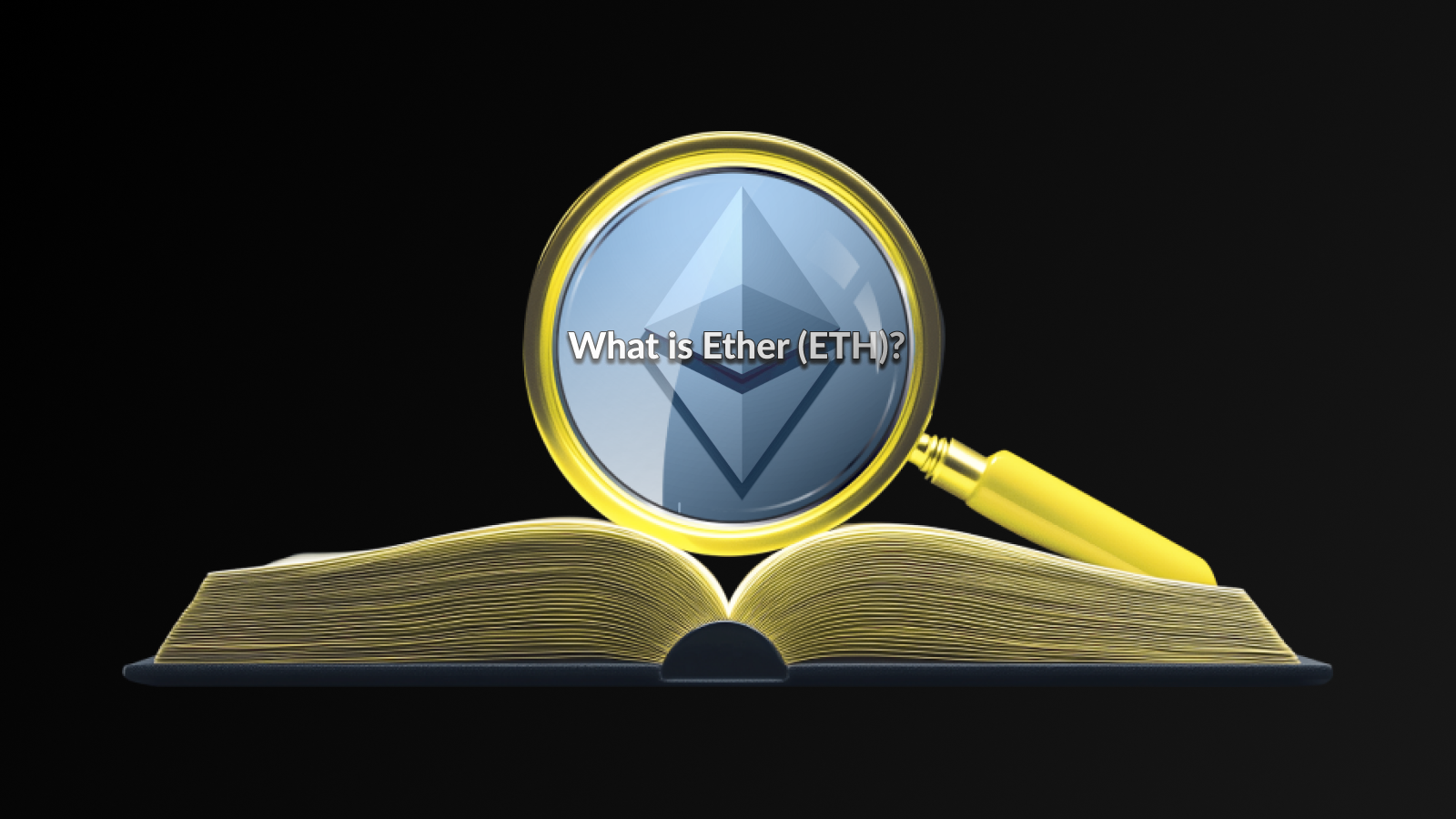Introduction
The ERC-721 standard has revolutionized the way we perceive ownership in the digital realm. It allows for the creation of unique digital assets, commonly referred to as Non-Fungible Tokens (NFTs). Unlike traditional cryptocurrencies such as Bitcoin or Ethereum, where each unit is interchangeable, ERC-721 tokens have distinct properties that make them one-of-a-kind.
These unique characteristics enable artists, creators, and developers to tokenize art, collectibles, and other digital goods, thus ensuring authenticity and provenance. The widespread adoption of the ERC-721 standard has given rise to a thriving ecosystem of NFTs, contributing to a booming market that has captured the interest of both investors and collectors alike.
Moreover, the integration of ERC-721 tokens into various platforms has paved the way for new forms of interactions and experiences. From gaming to virtual real estate, the potential applications are vast and continuously expanding.
As more projects explore the possibilities of non-fungible tokens, understanding the framework and capabilities of ERC-721 becomes essential for anyone looking to navigate this exciting landscape.
How Does ERC-721 Work?
The ERC-721 standard operates on the Ethereum blockchain, enabling the creation of non-fungible tokens (NFTs) that are unique and cannot be exchanged on a one-to-one basis like cryptocurrencies such as Bitcoin or Ethereum. This uniqueness is achieved through a standardized interface that allows individual tokens to have distinct attributes and properties.
In terms of functionality, each ERC-721 token holds a unique identifier, which is a combination of the token’s ID and the owner’s address. This information is stored on the blockchain, ensuring transparency and security. When a user creates an ERC-721 token, they essentially mint it, recording all its details on the blockchain, including its ownership, metadata, and associated visual or audio content if applicable.
Key Features of ERC-721 Tokens
- Ownership Tracking: Each token is tracked individually on the blockchain, making it easy to verify ownership and authenticity.
- Metadata Integration: ERC-721 tokens can include flexible metadata, allowing the incorporation of rich content and characteristics.
- Interoperability: ERC-721 tokens can be utilized across different platforms and applications that support the standard, enhancing their utility.
The standard also includes specific functions that manage the transfer and approval process, allowing token owners to sell, trade, or transfer their assets securely. The implementation of smart contracts further automates these processes, providing an efficient and transparent method for asset management.
The operation of ERC-721 tokens combines blockchain technology with smart contracts to create a versatile and dependable framework for managing unique digital assets.
Benefits and Limitations of ERC-721 Tokens
The ERC-721 standard has gained significant traction in the blockchain community, particularly in the realm of non-fungible tokens (NFTs). One of the main benefits of ERC-721 tokens is their unique property management. Each token can represent a distinct and verifiable asset, making them perfect for digital collectibles, art, and gaming items.
Another advantage of ERC-721 tokens is their compatibility with various platforms and wallets, which fosters a vast ecosystem for developers and users alike. This interoperability enhances user experience and simplifies the process of trading and managing these tokens across different marketplaces.
However, there are limitations to consider as well. The deployment and transaction costs can be higher compared to fungible tokens, primarily due to the complexity involved in managing unique tokens. Furthermore, while the market for ERC-721 tokens is growing, it is still relatively volatile and can be subject to rapid fluctuations in value.
Understanding both the benefits and limitations of ERC-721 tokens is essential for anyone looking to explore the NFT space. Recognizing these factors helps investors and creators make informed decisions regarding their engagement with this evolving technology.
Popular Use Cases of ERC-721 Tokens
The ERC-721 token standard has revolutionized various industries by providing unique digital assets that can be traded and owned. One of the most popular use cases for ERC-721 tokens is in the gaming industry. Games such as Axie Infinity and CryptoKitties utilize these tokens to represent unique in-game items, characters, or pets, allowing players to truly own their assets.
Another significant application of ERC-721 tokens is in the realm of digital art. Artists can create and issue NFTs (Non-Fungible Tokens) representing their artwork, enabling provenance and ownership verification. Platforms like OpenSea and Rarible facilitate the trading of these unique pieces, empowering artists and collectors alike.
Furthermore, real estate is an emerging field where ERC-721 tokens are gaining traction. By issuing tokens for property ownership, transactions can be streamlined, easily verified, and made more secure through blockchain technology. This use case showcases the potential of ERC-721 tokens in formalizing and facilitating real-world asset ownership.
Collective ownership models are also utilizing ERC-721 tokens. Initiatives like CurioInvest allow groups to collectively own high-value items, such as luxury cars or rare collectibles, by fractionalizing ownership through tokens. This innovative approach makes it easier for individuals to invest in high-value assets without needing to purchase the entire item.
Frequently Asked Questions
What does ERC-721 stand for?
ERC-721 stands for Ethereum Request for Comments 721, which is a technical standard used for building non-fungible tokens (NFTs) on the Ethereum blockchain.
How does ERC-721 differ from ERC-20?
ERC-721 differs from ERC-20 as it is designed for non-fungible tokens, meaning each token is unique and cannot be exchanged on a one-to-one basis, whereas ERC-20 tokens are fungible and can be traded equivalently.
What are some common use cases for ERC-721 tokens?
Common use cases for ERC-721 tokens include digital art, collectibles, virtual real estate, gaming items, and identity verification, allowing for unique ownership and proof of authenticity.
Can ERC-721 tokens be created by anyone?
Yes, anyone can create ERC-721 tokens using the Ethereum blockchain by following the standards and utilizing smart contracts, allowing developers to issue their own NFTs.
What are the benefits of using ERC-721 tokens?
Benefits of using ERC-721 tokens include traceability of ownership, immutability on the blockchain, programmability through smart contracts, and the ability to trade easily in various NFT marketplaces.
Are ERC-721 tokens compatible with all Ethereum wallets?
Not all Ethereum wallets support ERC-721 tokens. Users should check if their wallet supports NFTs and the ERC-721 standard to ensure they can store and manage their tokens.
What challenges are associated with ERC-721 tokens?
Challenges associated with ERC-721 tokens include high gas fees for transactions, potential copyright issues related to content, and market volatility impacting the valuation of NFTs.
Disclaimer
This article is for informational purposes only and should not be considered financial or investment advice. Cryptocurrency investments carry risks, including market volatility and regulatory uncertainties. Darkex assumes no responsibility for financial losses or inaccuracies in the information provided.
Click for more Darkex education articles.





